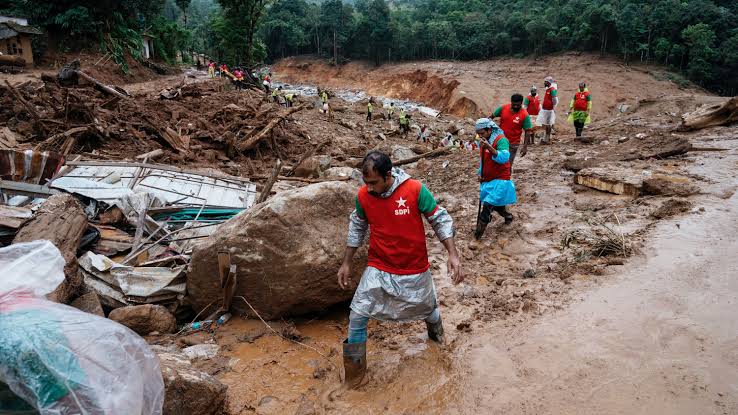At least 30 people have lost their lives across northeast India after relentless monsoon rains caused devastating floods and landslides over the weekend, officials and media reported on Sunday.
In Assam, eight deaths were confirmed, including three members of the same family killed in a mudslide in Guwahati. Torrential rains flooded many parts of the city, forcing authorities to shut down schools and colleges on Saturday and cut electricity in several areas to prevent electrocution risks, according to Assam Chief Minister Himanta Biswa Sarma.
Neighboring Arunachal Pradesh reported nine deaths, many buried under mud and debris. In Mizoram, five people were killed by a landslide, while Meghalaya saw six fatalities. Nagaland and Tripura states each reported two deaths.
Meghalaya Chief Minister Conrad K Sangma issued a public warning, urging emergency teams to stay alert, particularly in landslide-prone and low-lying zones.
Meanwhile, the Indian Army launched major rescue operations in Manipur, evacuating hundreds to safer locations and providing food, water, and essential medicines.
The India Meteorological Department has forecast more heavy rains for the coming days, issuing a red alert for several northeastern districts. Rivers like the Brahmaputra, which flows from the Himalayas through India into Bangladesh, have overflowed, submerging vast regions and cutting off communities.
India’s June-to-September monsoon season is critical for agriculture but frequently deadly, with fragile infrastructure unable to withstand extreme weather. Dozens die each year due to flooding and landslides during the monsoons.
Last month, Mumbai recorded its earliest monsoon rains in over two decades, arriving nearly two weeks ahead of schedule, sparking fresh concerns about changing weather patterns. While scientists agree that climate change is disrupting weather across South Asia, the exact impact on the monsoon system remains uncertain.














